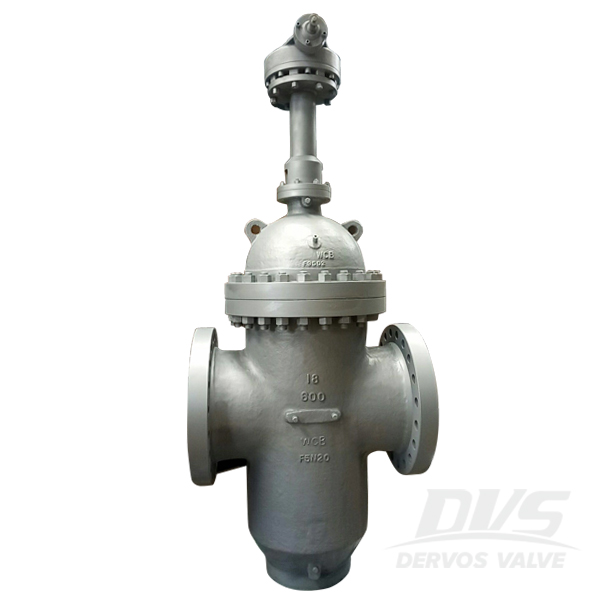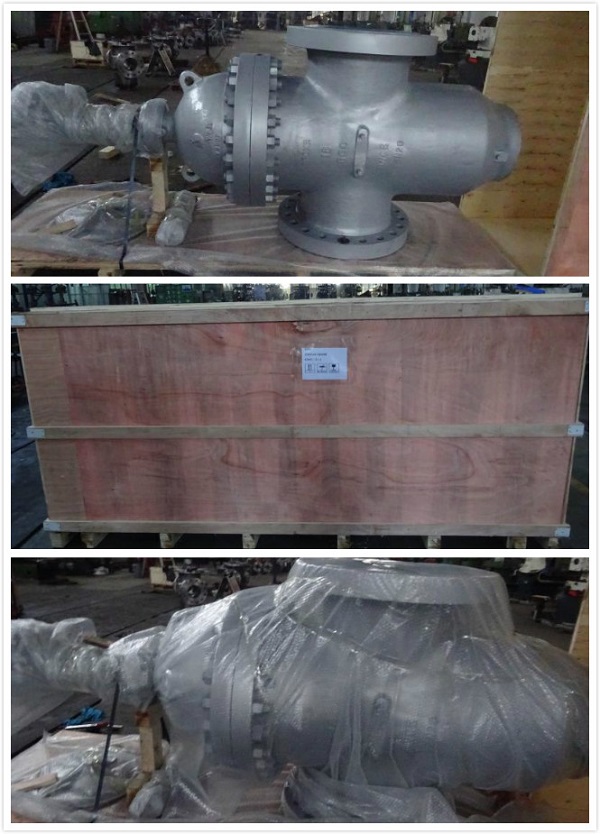Payment:
30% T/T When Order, 70% T/T Before ShipmentProduct Origin:
ChinaColor:
CustomizationShipping Port:
Shanghai ChinaLead Time:
35~60 days Ex Works After Order ConfirmationMaterial:
Carbon SteelMethod of Operation:
Gear OperatedThe API 6D through conduit gate valve is designed with double expanding wedges, metal to metal seat and diversion hole for pigging. The valve has good performance on sealing, less flow resistance and is suitable for application with some solids or particles.
Quick Detail
|
Type |
Gate Valve |
|
Size |
18'' |
|
Design Pressure |
ANSI 600 |
|
Construction |
Double Expanding Wedges, Fully Metal Seat, With Diversion Hole |
|
ConnectionType |
RTJ Flange |
|
OperationType |
Gearbox Operated |
|
Body Material |
WCB |
|
WedgeMaterial |
A105+STL+ENP |
|
StemMaterial |
17-4PH |
|
SeatMaterial |
A105+STL+ENP |
|
Design Code |
API 6D |
|
Face to Face Dimension |
ASME B16.10 |
|
End Connection |
ASME B16.5 |
|
Pressure & Temp |
ASME B16.34 |
|
Medium |
Water, Oil and Gas |
|
Origin |
China |


If you are interested in our products and want to know more details,please leave a message here,we will reply you as soon as we can.